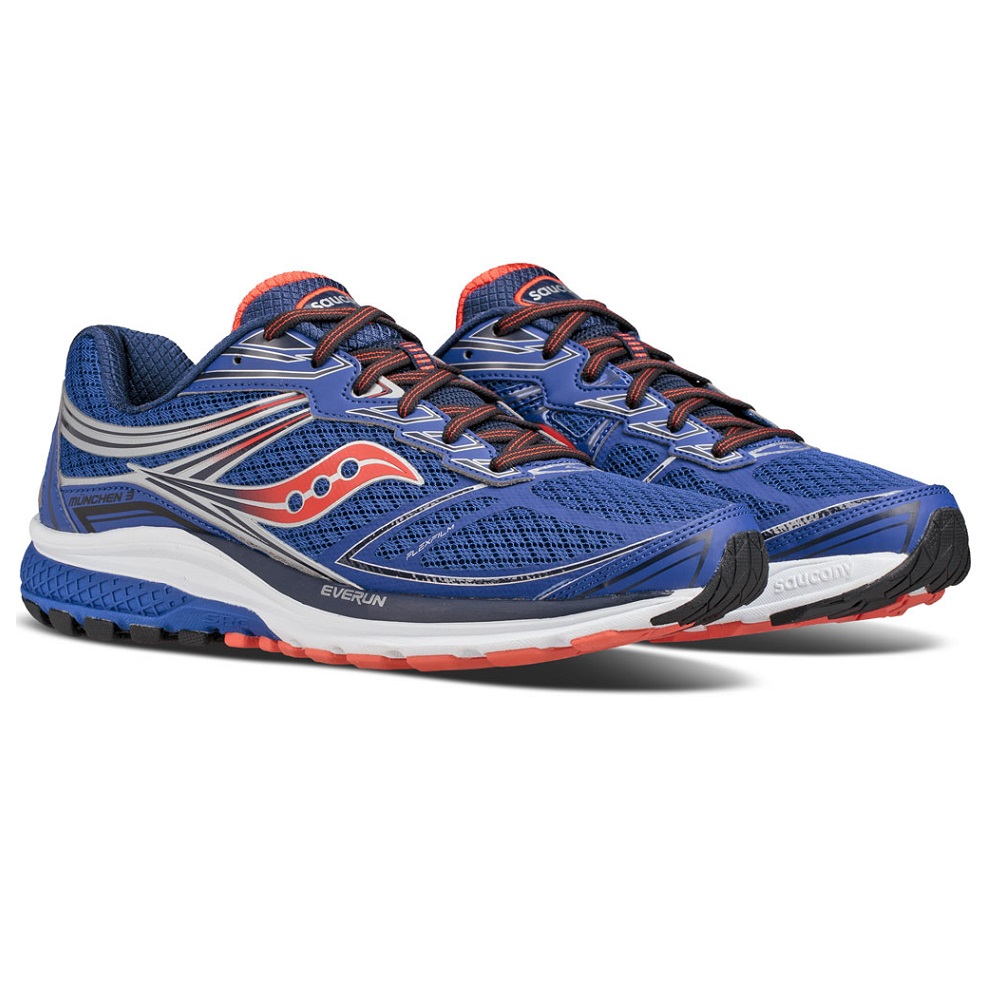Tips for Women
What to Wear Running Outside in the Cold
What to Wear Running Outside in the Cold
Training in the winter months takes a little extra thought and effort. Here are some tips for staying warm (and safe) when running in cold weather:
Think Layers
The key to successful winter dressing is layering multiple thinner fabrics rather than a single thick layer. Layering allows air to insulate your skin and also tend to be lighter (so you don't feel like a jogging snowball). A nylon wind jacket on the outside layer is really great because you can just twist it up and tie it around your waist if you start getting too warm.
Get Technical
Stay away from 100% cotton in your layer components if you can. Go for wickable technical fabrics that move moisture away from your skin and into the air.
Stay Dry
One of the hardest weather conditions to run in is that just above freezing point with rain. What you really want to do here is stay warm AND dry. A decent outer shell that protects you against rain and wind is essential when it's wet. Again, look for a technical fabric specifically made for rain running (sealed seams, etc.) in a technical fabric that will allow for the passage of moisture away from your body.
Head and Face
As you know, heat escapes from your head, so covering it is essential when it's cold. I have a favorite wool hat with ear flaps that my husband brought me from Peru. When I lived back east I wore one of those ski masks that covers up your entire face. Don't be fooled into thinking you can forget the sunscreen in the winter either. Be sure to protect your skin with at least SPF 30...and you may even want to don your sunglasses to protect your eyes from windy conditions (wrap arounds work best)
Hands and Feet
Hilly makes really good running gloves and socks. Don't think you can get away with not wearing gloves when the temps get around freezing. When it's really cold, try mittens covered by shells. Feet are harder to sort out because you don't want your shoes to feel too tight, but you also don't want your toes to freeze. There are a number of lightweight running socks on the market that make a great insulating layer. When you know you are going to encounter moisture on your run, try a very good technical running sock. Wet feet=blisters!

Tips for Women
A neglected part of women's apparel is a sports bra. You would not dream of running in a pair of ill-fitting shoes would you?. You need a sports bra which is not only your size, but one which also geared to give you maximum support in your chosen sporting activity. Have a look at our great range of sports bras in our online store.
To help you...
To help you on your way here are some points to help you use the correct sports bra.
- Measure your body under the bust to give the size of the bra - you measure here because the flesh of the rib cage is firm and a snugly fitted underband is the key to making you feel supported.
- Once you have your under-bust measurement, you will be able to assess your cup size.
- Before choosing a sports bra, take into account the requirements of your particular sporting activity.
- This coupled with your cup size, will determine the level of support you need.
Common problems answered
- If your bra pulls up at the back, it is too big in the underband around the body.
- The bra's cup is too big if there is extra space under the cup and extra fabric around the nipple.
- Often when the bra is too small you get extra cup flesh poking out towards the armpit and above the cup.
- If your bra is making it's mark and cutting in around your shoulders or body then it is too small.
Fact or Fiction
- Fact: Female breasts are primarily composed of glandular tissue and fat and are held in position by delicate ligaments.
- Fact: There are no muscles in the breast
- Fiction: Specific exercise will return your breasts to their original shape
- Fact: Once breasts have dropped because of stretched ligaments, NOTHING can restore them to their former position.






